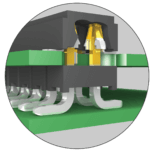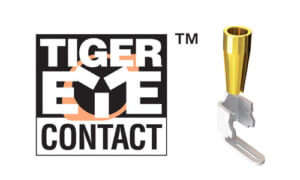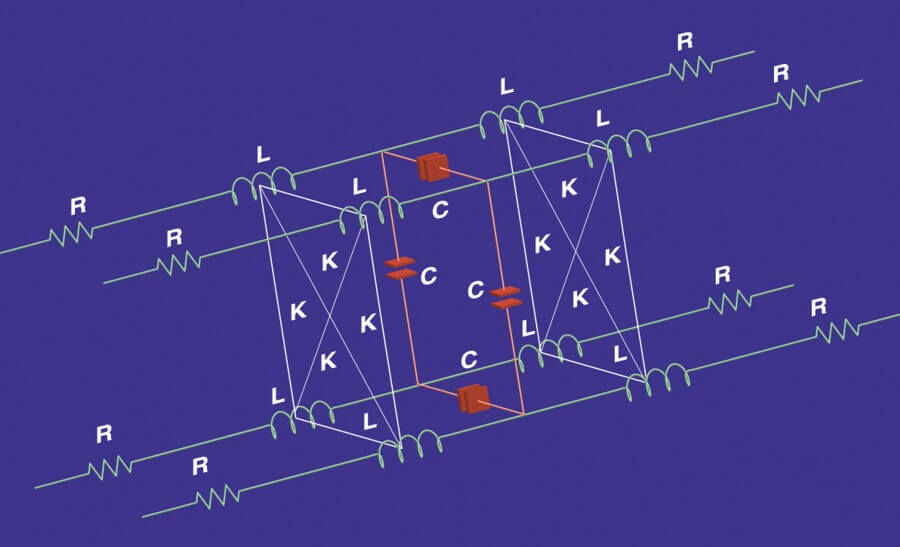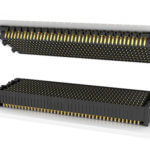
Selecting the right interconnect systems helps ensure your design will meet the standards it is supposed to meet – whether it is a high-cycle application, or high shock and vibration, or an interconnect that is going to see very little stress in its life. The truth of the matter is, your design is only as good your connections.
In addition to stacking height, pitch, solderability and a long list of other options, it is equally crucial to analyze which type of conducting metal or alloy is the best fit for the job. One of the most commonly used is brass.
Depending on the need, environment, and external forces affecting the design, other materials may be better suited when relying on a solid connection and mating force.
This discussion will briefly analyze both the pros and cons regarding three common materials found in Samtec’s products. The data presented come from internal product testing around:
- Brass
- Phosphor Bronze (PhBr)
- Beryllium Copper (BeCu)
To best understand which material fits the bill, consider a single connector. When a connector is mated, there is a normal force between the two connector halves; this force creates the electrical contact between them.
As connectors become smaller and smaller to allow for faster and more secure mating, they also become fragile. Hence, this is why strength of materials must be considered in the design process.
Choice of Materials
Yield strength is defined as the amount of stress a material can handle before a permanent deformation (being bent etc.). Tensile strength is the total force a material can handle before breaking.
Recent specifications clearly show the strengths and capabilities of the three materials. Note that MPa is megapascal – a unit of internal pressure and tensile strength.
- Brass: 69MPa – 434MPa
- PhBr: 131MPa – 552MPa
- BeCu: 965MPa – 1205MPa
While not as conductive as brass, PhBr boasts a higher tensile strength and normal contact force necessary for solid mating. For the best of both worlds, BeCu not only offers the highest strength of the three, but it’s conduction in very close to that of Copper, making it ideal for strong, reliable connections.

In rugged environments a greater yield/tensile strength would be desired, whereas in other applications,a more cost effective option would be appropriate.
For example, we utilize both BeCu and PhBr in the Tiger Eye series of connectors. This allows for connector selection according to need and budget while still ensuring worry-free mating and SI.
While Brass, PhBr and BeCu are not the only choices for reliable connectors. a side-by-side comparison educates designers as to what material fills what need. This is paramount as new alloys and conductors continue to present themselves in the world of microelectronics.


